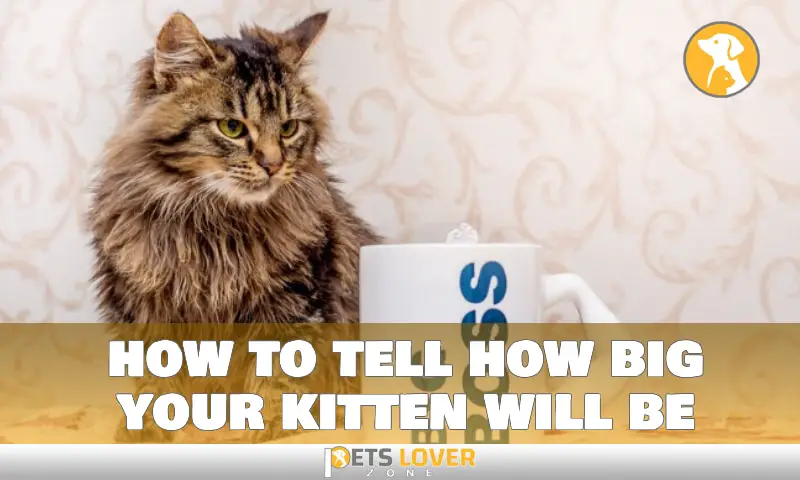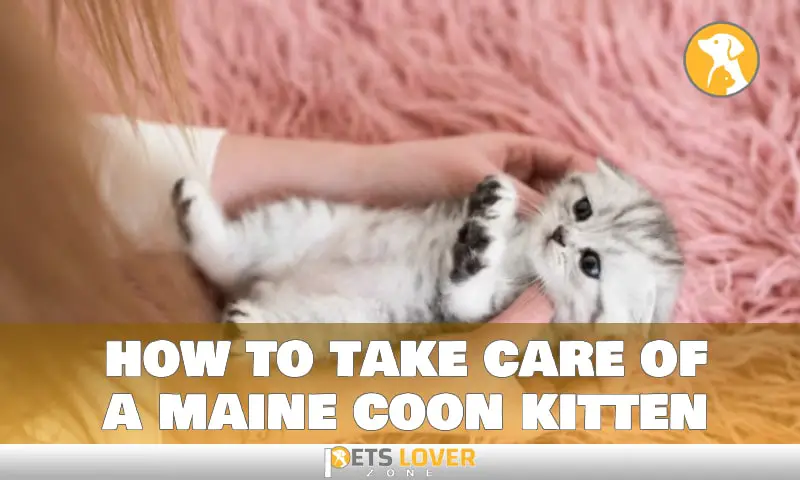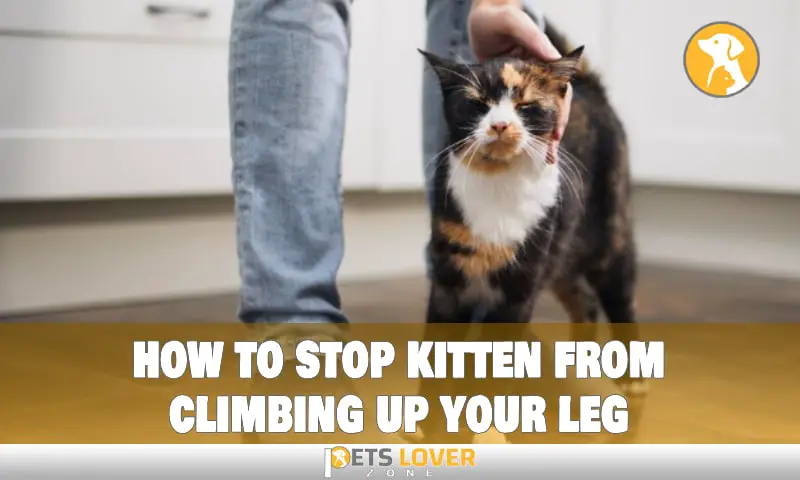To make a lick mat for cats, spread a layer of wet cat food or pureed tuna onto a textured mat and freeze. This provides a fun and interactive way to feed your cat while also providing mental stimulation.
Cats are curious and intelligent animals that require mental stimulation and enrichment. One way to provide this is by making a lick mat. A lick mat is a textured mat that you can spread wet cat food or pureed tuna onto and then freeze.
This provides a fun and interactive way to feed your cat, as well as help them to slow down while eating. Not only does it provide mental stimulation, but it can also help reduce stress and anxiety in cats. In this article, we will explore the benefits of lick mats for cats and provide you with a step-by-step guide on how to make one at home.
Materials Needed
If you’re a cat owner, you probably know how important it is to keep your feline friend entertained. Making a lick mat for your kitty is a fun activity that can help stimulate their senses and keep them busy for a while.
Here’s a list of materials you’ll need to create a lick mat that your cat will love.
List Of Materials Needed For Making A Lick Mat
- Silicone mat: A silicone mat is essential for making a lick mat as it will hold the food and make it easier for your cat to lick it off. You can purchase a silicone baking mat or a pet lick mat from your local pet store or online.
- Wet cat food: Wet cat food is a great option for a lick mat as it’s sticky and easy to spread on the silicone mat. You can use any flavor of wet cat food as long as it’s in a pate or smooth texture.
- Water: You’ll need some water to dilute the wet cat food so that it’s easier to spread on the silicone mat. Use an equal amount of water and wet food to create a smooth paste.
- Plastic wrap (optional): You can use plastic wrap to cover the lick mat and keep it fresh in the fridge. If you choose to use plastic wrap, make sure it’s the type that’s safe for food use.
- Scissors: You’ll need a pair of scissors to cut the silicone mat to the size and shape you want.
- Spoon or spatula: A spoon or spatula will help you spread the wet cat food mixture onto the silicone mat evenly.
- Treats (optional): You can add some treats or catnip to the wet cat food mixture to make it more appealing to your cat. Choose treats that are small and easy to spread, such as freeze-dried minnows or small kibble.
Each of these materials is essential to creating a lick mat that your feline friend will love. You can purchase silicone mats and wet cat food from your local pet store or online. Other materials, such as water, plastic wrap, scissors, a spoon or spatula, and treats, can be found in your kitchen.
Now that you have all the materials, let’s get to making the lick mat!
Step-By-Step Guide To Creating A Purr-Fect Lick Mat

Creating a lick mat is a fun DIY project that can be a great way to keep your feline friend entertained and satisfied for hours. These mats are easy to make and provide your cat with the perfect opportunity to lick their treats in a fun way.
Here is a step-by-step guide to creating the perfect lick mat for your furry companion.
Explanation Of Each Step For Making The Lick Mat
- Gather your materials: You will need a piece of sturdy cardboard, a pair of scissors, a ruler, a pen, and some non-toxic glue.
- Measure and cut: Cut the cardboard into the desired size using scissors and a ruler. You can use any size depending on your cat’s needs and preferences.
- Create the pattern: On the cardboard, draw patterns of different shapes and sizes using a pen. This can be any random pattern or design of your choice.
- Cut out the patterns: Cut out the shapes on your pattern using scissors. Make sure you cut through the cardboard, so the shapes detach.
- Add the treats: Apply non-toxic glue to the spaces between the shapes on your lick mat. Be sparing to avoid excess glue ruining your design or harming your cat. Once the glue is applied, you can then gently press treats into the open spaces between the shapes.
- Leave it to dry: Give the glue enough time to dry before presenting the lick mat to your cat.
Tips And Tricks To Make The Process Easier
- Choose treats that are safe for your cat’s consumption. Avoid chocolates, raisins, and other foods that can be toxic for them.
- Take caution when using scissors to cut through cardboard. Always use blunt-edged scissors to avoid any accidents.
- For a more challenging and longer-lasting experience, freezes the mat before feeding it to your cat.
- If you want to be extra creative, use different patterns or designs for each mat.
- It’s best to supervise your cat while using the lick mat, especially the first few times, to ensure safety.
By following these simple steps, you can quickly create a lick mat that your cat will enjoy. Get creative, have fun, and watch your cat have a fun and satisfying time with the lick mat.
Step 1: Choosing A Base
Making a lick mat is an excellent way to stimulate your cat’s mind while keeping them busy and engaged. However, before you dive into creating a lick mat, you need to choose a suitable base material that cats can safely consume.
We will discuss different materials that can be used as a base, along with their pros and cons.
Choosing A Base
There are several materials that you can use as a base for your cat’s lick mat. Here are some of the most commonly used materials, along with their pros and cons:
- Silicone mats: Silicone mats are a popular choice for creating lick mats for cats. They are food-grade and flexible, making them easy to clean and durable. They also come in various shapes and sizes, allowing you to customize your cat’s lick mat according to your preference. However, one downside of using a silicone mat as a base material is that it can be quite expensive.
- Plastic lids: Plastic lids from containers such as yogurt, sour cream, or butter can be an excellent alternative to a silicone mat. They are readily available, easy to clean, and cheap. Moreover, their flat surface makes it easy to spread the cat’s favorite food. However, plastic lids may not be as durable as other materials and may need to be replaced frequently.
- Cardboard: Cardboards are readily available in most households and are easy to cut into various shapes, making them ideal for creating lick mats. They are also cheap. One downside of using cardboard as a base material is that it might not last long and may not be as easy to clean up as compared to silicone mats or plastic lids.
- Metal trays: A metal tray such as a muffin tin or cookie sheet can be a suitable base material for making lick mats. They are sturdy and can last for a long time, making them a worthwhile investment. However, they may not be as flexible as a silicone mat, making it hard to remove the mat’s contents after use.
When choosing a material as a base for your cat’s lick mat, consider your preferences, the availability of the material, and your cat’s safety. Each material comes with its pros and cons, so choose the one that fits your needs and budget.
Step 2: Cutting The Base To Size
Making a lick mat for your cats is a fun and easy way to keep them entertained while they lick away at their favorite treats. In step 2, we’ll be cutting the base to size so that it fits your cat’s needs perfectly.
How To Measure And Cut The Base To The Desired Size And Shape
Before we begin cutting the base, we need to make sure that we have the correct measurements. You can use a ruler or measuring tape to measure the length and width of your desired mat. Make sure to take into account the size of your cat and the number of treats you plan on putting on the mat.
Once you have your measurements, it’s time to cut the base to the desired size and shape. Here’s how:
- Using a sharp pair of scissors or a box cutter, carefully cut the base material (such as foam board or plastic placemat) to your desired size and shape.
- Use a ruler or yardstick to ensure that your cuts are straight and even.
- If you want to round the edges, trace the corners with a cup or circular object before cutting.
Importance Of Precise Measurements To Ensure The Lick Mat Fits The Cat’S Needs
It’s important to make sure that your lick mat fits your cat’s needs perfectly. Precise measurements will ensure that your cat can reach all the treats without difficulty and that the mat won’t slide around while they’re using it.
Making sure that the mat is the right size for your cat is also important for their safety. If the mat is too small, your cat could accidentally ingest parts of it, which could lead to health problems.
With these tips in mind, you’re ready to move on to the next step of creating your own lick mat for your beloved feline friends.
Step 3: Adding Surface Texture
Adding surface texture is a crucial step in making a lick mat for cats. Different materials can be utilized to create the texture, and various techniques can be employed to attach them to the base surface. Let’s explore these options!
Different Materials That Can Be Used To Add Texture To The Base Surface
- Rubber drawer liner: This is an excellent choice for creating a non-slip surface. Cats can easily lick their treat off the mat without it slipping or sliding around.
- Felt sheets: Felt provides a soft and gentle surface for cats to lick their treat. The material is also easy to clean and comes in various colors to add a pop of personality.
- Silicone pot holders: Similarly to rubber drawer liners, silicone pot holders create a non-slip surface, but they also have a unique texture that cats may prefer.
- Bubble wrap: This material creates a fun and stimulating surface for cats to lick their treat. It’s also an excellent option for cats who enjoy playing with bubble wrap.
Techniques For Attaching The Materials To The Base
- Double-sided tape: This is an easy and reliable method of attaching the texture material to the base. Make sure to apply the tape evenly to avoid any bumps or wrinkles.
- Hot glue: Secure and efficient, hot glue is another option. Be cautious when using hot glue; it can be messy and may cause burns if not used properly.
- Velcro: For a non-permanent solution, velcro can be utilized to switch out different texture materials as desired. It’s also an excellent option for cats who may prefer different textures.
By utilizing different materials and techniques, you can create a lick mat that is both stimulating for your cat and easy to clean. Experiment with these options to find the perfect combination for your furry friend!
Step 4: Food Placement
Cats can be picky eaters, so arranging food on the surface of a lick mat in an appealing way is essential to entice them to use it. Let’s explore some best practices for food placement on a lick mat.
Discuss Best Practices For Placing Food On The Surface Of The Lick Mat
Here are a few things to keep in mind when placing food on your cat’s lick mat:
- Start with small portions: Placing too much food on the mat can be overwhelming for cats and deter them from using it. Begin with small portions, and slowly increase the amount as your cat becomes more comfortable with the mat.
- Vary the textures: Use a variety of food textures, including wet and dry options. This will enhance the appeal of the lick mat and capture your cat’s attention.
- Spread the food out: Try not to clump food together on one section of the mat. Instead, use the grooves to separate different food options and give your cat more to explore.
- Incorporate treats: Sprinkling treats on the lick mat can increase your cat’s enthusiasm for using them. Just make sure you don’t go overboard with the treats, as they can quickly add up in calories.
- Make it challenging: Use different shapes and sizes of treats, and try to place them in harder-to-reach areas of the mat. This will add an element of challenge for your cat and keep them engaged for longer periods.
By following these tips and experimenting with different food combinations, you can ensure that your cat has an enjoyable and tasty experience with their new lick mat.
Step 5: Making The Lick Mat More Appealing

Lick mats are an excellent way to stimulate a cat’s brain and keep them busy when they are alone. While making a lick mat for cats might be easy, it’s not enough to keep them hooked. To make the mat more attractive and entertaining, here are various methods and ideas to help you out:
Adding Toys Or Other Interactive Elements To The Lick Mat
Toys and interactive elements are a great way to make the lick mat more fun and interesting for your cat. Here are some toys and ideas to help you create a more engaging and interactive lick mat:
- Small balls or toy mice that your cat can play with while licking the mat.
- Strands of ribbon or string attached to the edges of the mat give your cat something to bat around while they lick.
- Small bells or other noise-making toys that will add sound and engagement to the licking experience.
- Small puzzle toys that can be placed onto the mat and filled with treats, encourage your cat to keep licking to find the rewards.
Making The Lick Mat More Appealing With Food
Cats love food, so it makes sense that adding different types of food to their lick mat would make it more appealing. Here are some ideas for making your cat’s lick mat more food-friendly:
- Mix some of your cat’s favorite treats into the lickable mixture to keep them interested.
- Add small chunks of dry cat food to the lickable paste that will break off as your cat licks it, giving them a more satisfying experience.
- Create small pockets in the lickable mixture where you can put small pieces of salmon or tuna for your cat to discover while they lick.
Adding Scents To Make Lick Mat More Attractive
The appeal of a cat’s lick mat will be increased by adding enticing scents because cats are motivated by smell. Here are some ideas for adding scents to your cat’s lick mat:
- Mix in a small amount of catnip to the lickable mixture before spreading it onto the mat.
- Use a mixture of tuna juice and water to wet the mat rather than plain water for added scent.
- Try placing the mat near a piece of clothing or blanket that smells like you to add a comforting scent to the experience for your cat.
These methods and ideas will help you create a fun and stimulating lick mat for your furry friend. Remember, the more interesting and appealing the mat is, the more likely your cat is to keep using it.
FAQs
What Is A Lick Mat For Cats, And Why Use It?
A lick mat is a flat surface with ridges that hold treats for cats to lap up. It provides mental stimulation and helps with anxiety reduction and dental hygiene.
Can I Make A Lick Mat At Home, And How?
Yes, you can make a lick mat at home. All you need is a silicone baking mat and some treats. Squeeze some treats onto the ridges and freeze.
What Are The Benefits Of Using A Lick Mat For Cats?
Using a lick mat for cats provides different benefits. It’s a great way to keep them busy, provide mental stimulation, reduce anxiety, and improve dental health.
What Are Some Easy And Healthy Treats To Use On The Lick Mat?
You can use healthy and easy-to-make treats for the lick mat, such as unsalted tuna, plain yogurt, pureed vegetables, or baby food. Avoid using chocolate, nuts, or grapes, as they can be toxic to cats.
Conclusion
Now you know how to make a lick mat for cats! Whether you’re looking for a clever way to keep your feline entertained or you want to encourage your cat to eat more slowly your homemade lick mat will be a great addition to your cat’s toy collection.
Remember to use a silicone mat that is safe for pets and choose non-toxic ingredients for your cat’s lickable treat. With just a few simple steps and ingredients, you can create a fun and healthy snack for your precious pet.
Mix and match ingredients and try out new recipes to see what your cat likes best. Your cat will love their new homemade toy, and you’ll love how easy it is to make! So go ahead and enjoy making a lick mat for your furry friend – it’s a perfect project for pet lovers!






